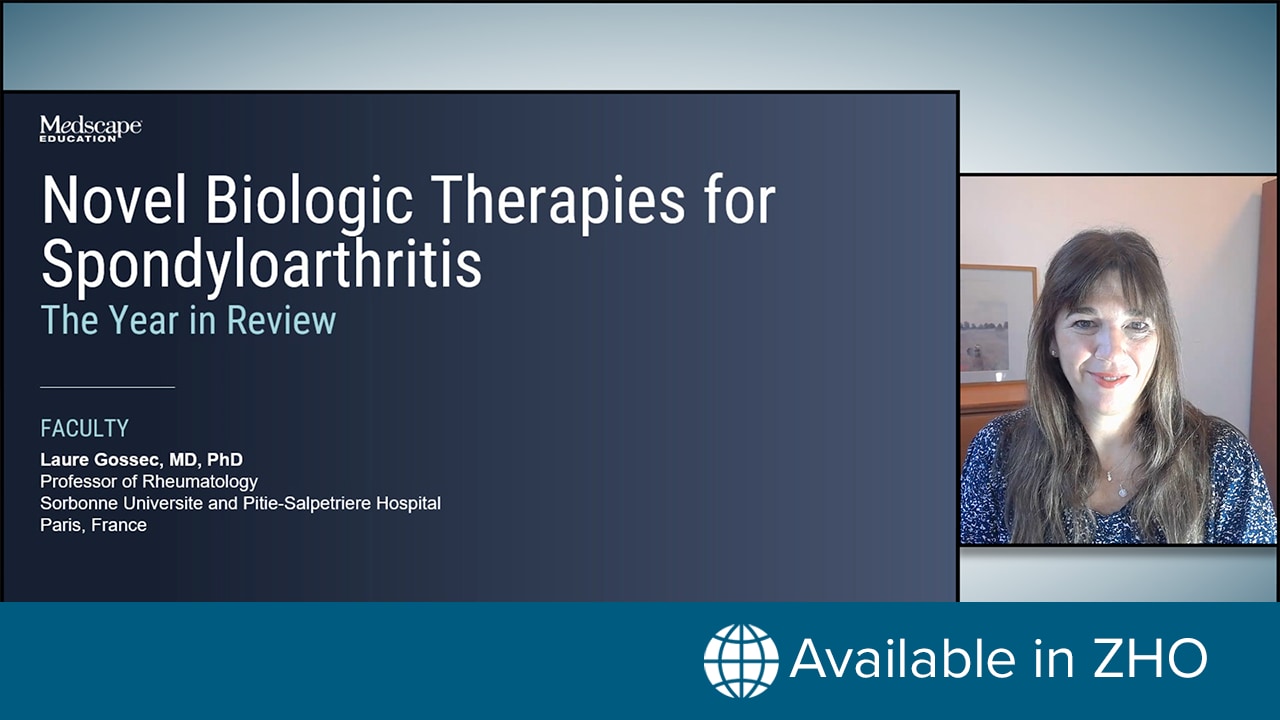Conclusion
Although the last 15 years have seen terrific advances in cancer diagnosis and treatment, cancer is still a leading cause of death worldwide, and the total number of patients suffering from cancer is increasing globally. Currently, anticancer drugs have several limits owing to their uncontrolled pharmacokinetics and lack of targeting effects in the body. Serious toxicities and poor antitumor efficacy (mainly due to MDR development) are the two major hurdles for the success of conventional chemotherapy.
Cancer nanotherapeutics are quickly progressing and are currently being put into clinical practice in order to overcome several limits of conventional drug delivery systems, such as the lack of water solubility, poor oral bioavailability, nonspecific biodistribution and targeting and low therapeutic indices. In order to improve the biodistribution of the native drugs, nanoparticles have been designed using a variety of materials, including polymers (polymeric nanoparticles, micelles or dendrimers), lipids (liposomes), viruses (viral nanoparticles) and even organometallic compounds (nanotubes). Moreover, the encapsulation of a cytostatic agent within a macromolecular vector, such as a liposome, drastically reduces its distribution volume, diminishing its diffusion in the organism and thus the toxicity for healthy tissues, while increasing the concentration within the neoplastic tissue. In ideal conditions, the drug can be transported in the circulatory system within the aqueous space of the liposome and arrive at the site of the tumor in its active form. At present, a variety of liposomes are being intensively developed as nanoformulations and have been shown to significantly decrease the toxicity of the native anticancer drugs with considerable efficacy.
The application of liposome-conjugated drugs for the treatment of hematological malignancies is significantly increasing. Up until now, liposomal formulations of classical anticancer drugs, such as anthracyclines, have been used only in a minority of patients with hematological malignancies; however, increased interest in lowering late toxicity in long-term survivors will probably enhance the application of many companies.
Finally, the development of multifunctional 'smart' nanoparticles that can be applied for simultaneous in vivo imaging and treatment of cancers represents a new frontier in nanoscale drug delivery. The potential for a cancer patient to be treated and monitored in real-time with a combined nanoscale drug-delivery and imaging system could turn the dream of Nobel Prize winner Richard Feynman into a reality.
Nanomedicine. 2014;9(15):2415-2428. © 2014 Future Medicine Ltd.









